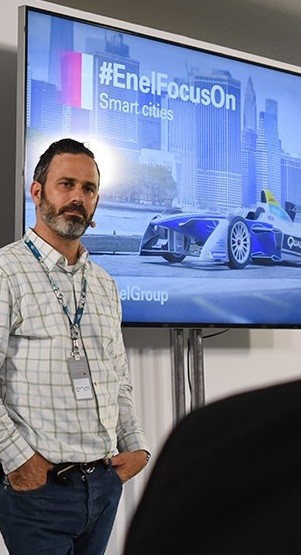“The circular economy is an economic system which describes the steps to be taken for sustainable reform of the production of goods and services”
Enel has embarked on a path of transformation of its business model to guide the production, distribution and sale of electricity toward a transition focused on digitalisation, renewable energies and networks. We have based this transformation on the key concept of Open Power, namely openness and sharing toward the outside world, with the objective of creating shared value in addressing major problems for humanity.
In order to guide the company toward the principles of the circular economy, our Group has integrated sustainability and innovation as the pillars of its strategy for growth and promoted a systematic approach to the circular economy as the only path to be competitive.
It is thanks to this approach and to the open and inclusive relationship toward all our stakeholders that we are implementing tangible solutions inspired by the circular economy.
One of the most obvious examples is the commitment to the development of renewable energies, which will account for about half of the investments in our 2017-2019 Business Plan. Then, there is the issue of innovative services in grid technologies such as mini-grids: solutions that bridge the distance with areas of the Circular Economy, both through renewable production and the replacement of products with a service. Innovative solutions for electric mobility, such as the Vehicle-to-Grid, a technology that will transform cars into a mobile battery, are heading in this direction. The mobility of the future will be electric, autonomous, connected and shared. This is an area covered by the new global business line called e-Solutions, launched to capitalise on the transformation of the energy industry by exploring the opportunities made available by new technologies. In Italy, for example, E-Solutions is working on the national plan for the electric car charging infrastructure that will be ready in the coming months and the first installations are expected to go into operation in the autumn.
Another key area is the path toward the decarbonisation of our generation mix, which, alongside the investments in renewable, provides for the gradual reduction of production using fossil sources, through initiatives to give new life to large thermal power plants. The Futur-E project is paving the way: launched in Italy, the initiative provides for the overhaul of 23 thermal power plants and their conversion to new uses, through a direct and open debate with local communities.
“At the end of 2016 Enel was included, following a thorough selection process, among the six finalists of the “The Circulars” award of the World Economic Forum. The WEF acknowledged Enel’s great commitment in the field of renewables and appreciated the Futur-e Project”
In assessing Enel’s project, the WEF analysed in particular three dimensions: leadership in guiding the transition toward the circular economy, innovation in transforming the business model and the measurement and communication of the impact of the circular economy on the business. And from this perspective, in 2016, our company launched a plan of activities on the “Circular Economy” aimed to enhance the already existing projects and to accelerate the transition of the Group toward this working methodology.
“In this scenario, the circular economy, which combines growth and environmental sustainability, is a cross-cutting element of the decarbonisation process”
From sustainable construction yards to the supply chain
Our approach to the circular economy spans the entire value chain, through concrete solutions. In planning, implementing and adapting our plants, our Group has started the reporting of the main environmental performance indicators for construction yard activities. Since 2016, a new model of sustainable yard, based on the principles of the “circular economy,” has been adopted both for operations relating to existing thermoelectric power plants and for those related to the construction of new renewable capacity. It is a model in which the safeguard of the environment, the rational use of resources and attention to health characterise every detail in daily working activities. This strategy takes into account all impacts and aspects, from design to the reuse of materials and the end-of-life decommissioning of a plant. In some areas, we have promoted, in this context, specific programmes for the reuse of waste products, such as construction yard pallets that can become a commodity for carpentry or local crafts, through a targeted capacity building programme.
In this regard, a virtuous and effective cooperation with contractors and suppliers also plays a role. Enel’s Global Purchasing function has evolved toward a circular approach, by adopting innovative methodologies aimed at following and knowing in depth the flows of materials, in terms of components, environmental impacts and product recyclability. To do so, the project on “Environmental Product Declaration (EPD)” has been launched. Its goal is to quantify and objectify data (water consumption, CO2, soil, emissions into the atmosphere) relating to the entire lifecycle of our supplies. This will allow us to set benchmarks, thus triggering a process of continuous improvement of internal performance and suppliers, optimizing costs and improving the control of the Group’s environmental footprint.





